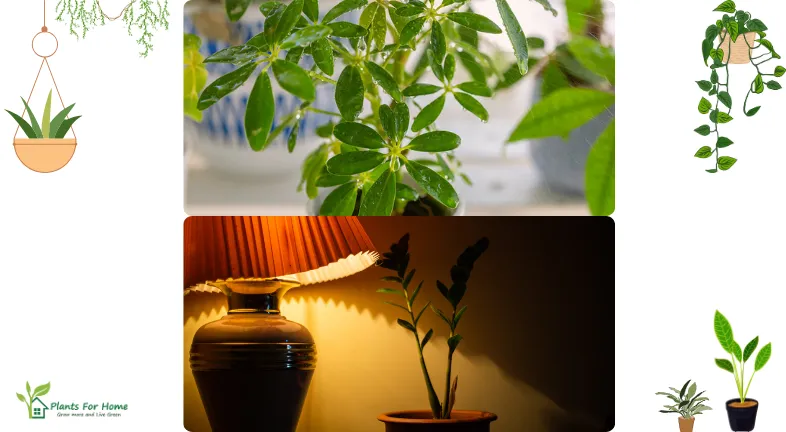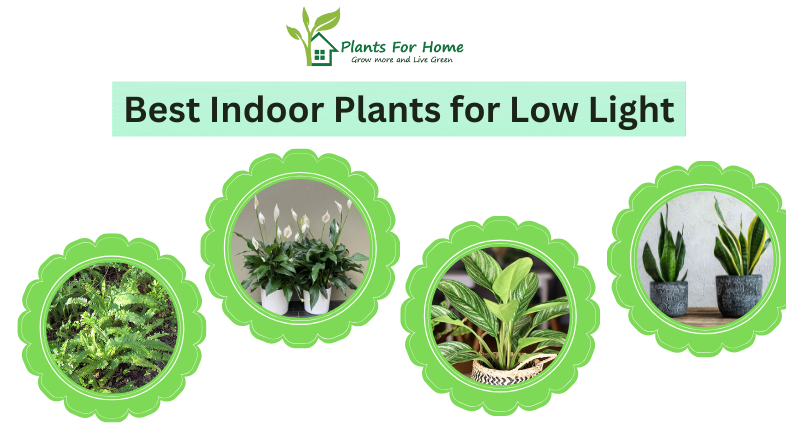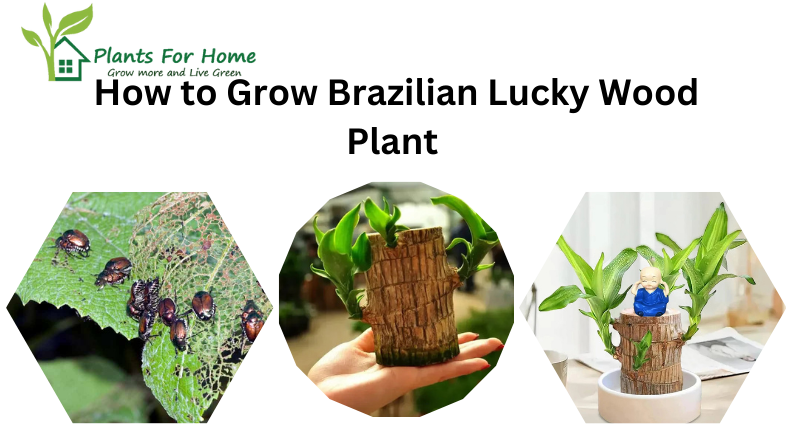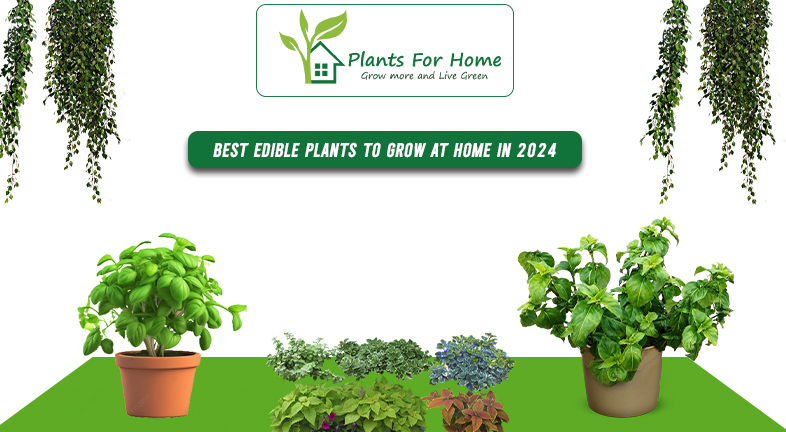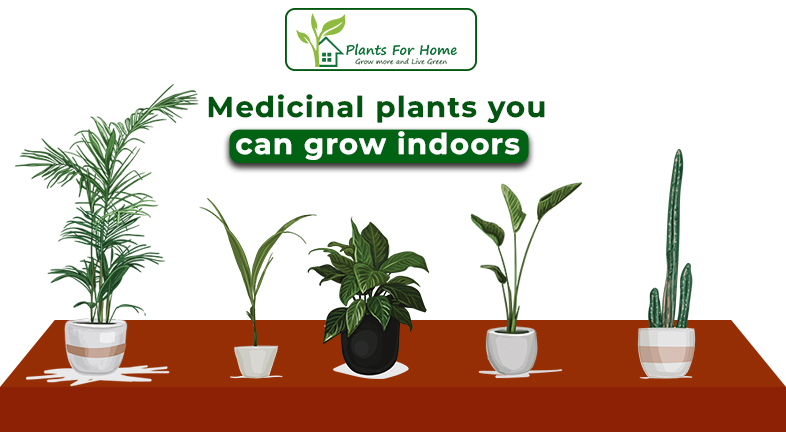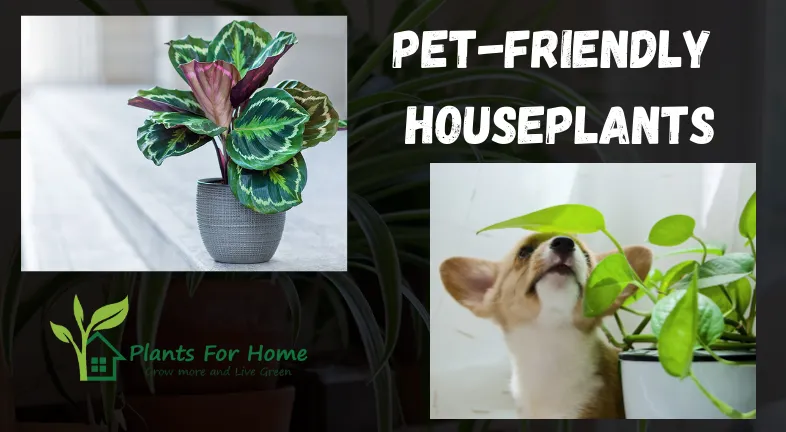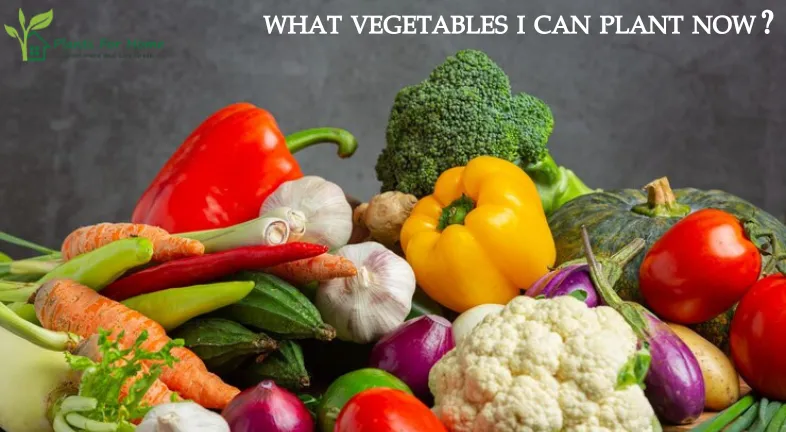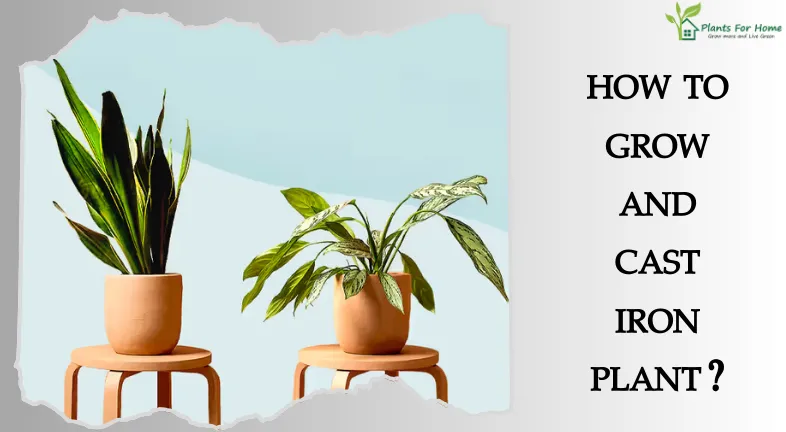How to water indoor hanging plants without dripping:

You can place a saucer underneath the pot or transfer it outside or into the bathroom when you water it, but make sure to wait until the water drains before moving it back inside. Using soil-less media, which doesn’t require watering like planting gel, is an additional option.
However, when the pot is outdoors, you usually don’t have to worry about its drainage hurting anything underneath it because it will either strike a weatherproof surface or the ground. However, you will have to be concerned about dripping on the floor or furniture when watering interior hanging plants.
Similar to human perspiration, water droplets on leaves are a natural phenomenon. When a plant becomes saturated, it must expel extra moisture.
It accomplishes this by transpiring via its foliage. When leaves absorb as much moisture as possible, they begin to drip.
Sodium is used in water softening systems, which may be harmful to your houseplants. Fill up your watering can at an exterior spigot if your softener is linked to both the hot and cold faucets, or if you are unsure of how it is connected. Use pure or filtered water instead.
Methods For Watering Indoor Hanging Plants Without Dripping

One of the most frequent causes of sick and dying plants is inadequate drainage, which can be devastating to your plant. Repotting your plant right away is advised if it has been overwatered as a result of the absence of drainage holes.
Overwatering a plant can make it difficult to save, and if the damage is severe enough, it might not be possible. However, it’s worth a try-
- Lift the plant out of the pot with caution.
- Take out as much of the previous soil as you can.
- Repot your plant using the suggested soil type in a pot with drainage holes.
The first, and possibly most frequent, error that leads to leaking in indoor hanging plants is overwatering or inappropriate irrigation. Something so easy, but if you do it more than is necessary, it will become messy and possibly worsen the condition of your houseplants. The University of Vermont places a strong emphasis on how irrigation is affected by the soil you have utilized and its location.
Employ a Garden Sprayer:
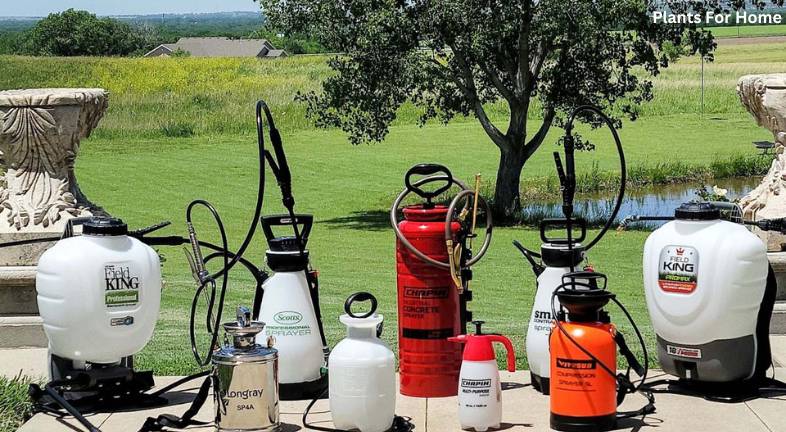
Applying insecticides or fertilizer in greenhouses and outdoor gardens, as well as for interior plants, is a simple task using a garden sprayer. “In the shop, we find a sprayer helpful for maintaining watering for many plants rather than using a standard watering [that has to be] be refilled multiple times,” says Watts.
With a garden sprayer, you can utilize one of two types of interior watering systems:
One variety has a carry handle or shoulder strap for a transportable water reservoir.
The other kind connects to your kitchen sink via a hose.
Each of these systems has a sprayer with a long nozzle that increases your reach and improves your ability to reach higher shelves. You do not want to unintentionally kill your plant companions, so “make sure you get a sprayer primarily for your houseplants and not reuse one you have used for outdoor pesticides.
Take a stab at bottom watering:

“You can also utilize the bottom-watering method by placing plastic trays under your plants and simply watering the tray rather than trying to pour water on the soil or plant itself,” Watts says. By using this technique, water can be absorbed by the plant directly from the tray instead of passing through the soil and roots.
When employing bottom-watering, you should periodically pull the plant down to check for pests. And water it from the top to help flush out excess salts from the soil before you bring that plant back up to a lofty height.
Avoid Soil:

Some plants can survive without soil. “There are also soil-free alternatives such as hydroponics, LECA, or water propagating that can be beneficial for plants in hard-to-reach spots. Allow us to clarify:
In hydronic gardening, plants are grown without soil in a solution of minerals and nutrients based on water.
Little clay balls are utilized as a growing medium called LECA (lightweight expanded clay aggregate), which is used in place of soil.
The technique of water propagation involves taking a portion of a mother plant and using it to develop roots in water to create a new plant.
These techniques aren’t set-and-forgetting, but they do require less upkeep and don’t require frequent watering. While there is always a need to replenish or add water, these techniques are great substitutes for watering plants in difficult-to-reach areas.
Use plastic or glazed pots:

The kind of planter your plants are in will determine how frequently they require watering.”Instead of using clay pots, which frequently dry out your plants, [use] plastic ones to help your plants retain moisture.
Because terracotta pots—those orange-colored earthenware plant containers—are made to draw moisture, they are ideal for plants that like dry soil, such as cacti and succulents. A glazed or plastic container will hold moisture better for most other plants, allowing you to go a few more days without watering.
Select Hardy Plants:

Watts suggests selecting drought-tolerant plants for hanging plants or shelves that are difficult to access. “Snake plants, ZZ plants, and pathos require less water and attention than most other varieties of houseplants, who says these plants typically only need water every other week rather than weekly. “Some plants require more frequent watering than others, such as most ferns, peace lilies, and calatheas. These varieties might not be the best option for someone who keeps plants in difficult-to-reach places.
CONCLUSION:
Watering plants on high shelves is a physical struggle, whether the plants are resting on a sleek floating shelf or high on a bookcase. This is especially true when the plants are hidden away in difficult-to-reach places. However, potted houseplants are a really wonderful way to bring attention-grabbing accents to any space—especially unused ones. A way has got to exist.
Yes, there is a method. We provide the best advice for misting plants on high shelves. A number of these tips can also be used to water hanging plants.

